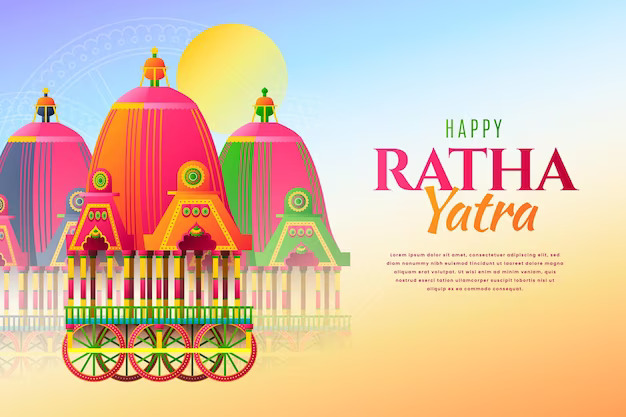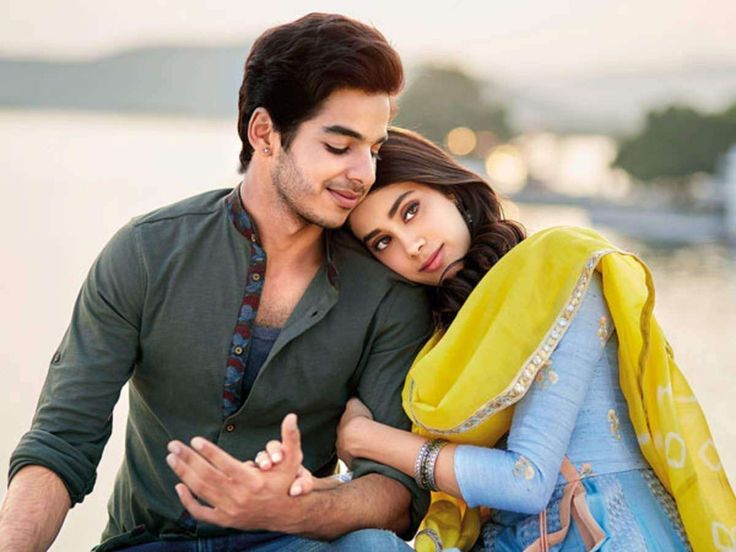The Jagannath Rath Yatra, also known as the Chariot Festival, is a highly revered Hindu festival celebrated in Puri, Odisha, India.
It is an annual event that attracts millions of devotees from all over the world. The Rath Yatra is a grand procession where the deities of Lord Jagannath, his sister Subhadra, and his brother Balabhadra are carried in decorated chariots or raths, pulled by thousands of devotees. The festival is marked by its elaborate rituals, colorful celebrations, and deep religious significance. Let's take a closer look at the Jagannath Rath Yatra 2023, including its date, significance, and how it is celebrated.
Date of Jagannath Rath Yatra 2023:
The Jagannath Rath Yatra is celebrated on the second day of the bright fortnight of the Hindu lunar month of Ashadha, which usually falls in June or July according to the Gregorian calendar. The date of the Rath Yatra is determined based on the lunar calendar and is calculated according to traditional Hindu almanacs. In 2023, the Jagannath Rath Yatra is scheduled to take place on 20th June.
Why Jagannath Rath Yatra is Celebrated
This festival holds immense cultural, religious, and social significance, and is eagerly awaited by millions of devotees and tourists alike. Let's explore the reasons behind the celebration of the Jagannath Rath Yatra.
1. Religious Beliefs and Mythology: The Jagannath Rath Yatra is steeped in mythology and religious beliefs. According to Hindu mythology, Lord Jagannath is believed to be the Lord of the Universe and is considered a symbol of divine love and compassion. The festival is based on the ancient story of Lord Jagannath's journey to meet his beloved Devi Gundicha, who represents the earthly form of his eternal consort, Devi Lakshmi. It is believed that during the festival, Lord Jagannath, along with his siblings, leaves the Jagannath Temple to visit Devi Gundicha's temple and spends a few days there before returning to his abode. This divine journey symbolizes the bond of love and devotion between Lord Jagannath and Devi Gundicha, and the festival celebrates their reunion.
2. Social Harmony and Inclusivity: One of the unique aspects of Jagannath Rath Yatra is its inclusive nature, which promotes social harmony and breaks down barriers of caste, creed, and religion. During the festival, the deities are taken out of the temple and placed on towering chariots, which are pulled by thousands of devotees from different walks of life, irrespective of their social status, caste, or religion. This act of pulling the chariots together symbolizes unity, equality, and brotherhood among people, and fosters a sense of community and togetherness. The festival also welcomes people of all faiths and communities to participate and witness the grandeur of the procession, making it a celebration of inclusivity and cultural diversity.
3. Cultural Richness and Artistic Expression: Jagannath Rath Yatra is not just a religious event, but also a celebration of the rich cultural heritage of Odisha. The festival is a showcase of exquisite art and craftsmanship, as the chariots are beautifully adorned with intricate carvings, colorful fabrics, and artistic decorations. Skilled artisans spend months crafting chariots, which are considered divine abodes of the deities during the procession. The chariots are made of wood and are constructed without using any nails, symbolizing the simplicity and purity of Lord Jagannath's abode. The festival also witnesses traditional dances, music, and cultural performances by artists from different regions of Odisha, adding to the vibrancy and richness of the celebration.
4. Pilgrimage and Spiritual Experience: Jagannath Rath Yatra is not just a festive event, but also a pilgrimage for millions of devotees who throng to Puri to catch a glimpse of Lord Jagannath and seek his blessings. It is believed that pulling the chariots during the procession is an act of great devotion and bestows immense spiritual merit upon the devotees. The darshan (sight) of Lord Jagannath during the Rath Yatra is considered highly auspicious and is believed to cleanse the soul of sins and grant salvation.
How Jagannath Rath Yatra is Celebrated?
The origin of the Jagannath Rath Yatra dates back thousands of years and has a deep spiritual and cultural significance. It is believed that Lord Jagannath goes on a journey to visit his birthplace, the Gundicha Temple, where he stays for a week before returning to the Jagannath Temple.
The preparations for Jagannath Rath Yatra begin months in advance. The construction of the elaborate and massive chariots, known as Rathas, is a major highlight of the festival. The Rathas are made of wood, and each chariot has a distinct color and design. The three main Rathas represent Lord Jagannath, Lord Balabhadra, and Devi Subhadra, respectively, and are named Nandighosa, Taladhwaja, and Darpadalana.
On the day of the Rath Yatra, the entire city of Puri comes alive with enthusiasm and devotion. The streets are decorated with colorful banners, flowers, and lights, and the air is filled with the beats of drums and the chanting of hymns. Devotees from all walks of life gather in Puri to catch a glimpse of the deities as they are carried in the Rathas to the Gundicha Temple.
The main ritual of the festival begins with the Pahandi procession, where the deities are brought out of the Jagannath Temple and placed on the Rathas. The idols are adorned with elaborate decorations and dressed in new clothes. The chariots are then pulled by thousands of devotees using thick ropes, and the journey begins towards the Gundicha Temple, which is about 3 kilometers away from the Jagannath Temple.
The Rath Yatra procession is a breathtaking spectacle as the massive chariots are pulled through the narrow streets of Puri amidst a sea of devotees. The atmosphere is electric with the devotees singing and dancing, and the priests showering the idols with flowers and water. The Rathas are pulled with great devotion, and it is believed that those who get the opportunity to pull the ropes are blessed by the deities and bestowed with good fortune. After reaching the Gundicha Temple, the deities are placed in a special chamber known as the Adapa Mandap, where they stay for a week. During this time, devotees throng the temple to seek blessings from the deities. The devotees also participate in various religious and cultural programs organized in and around the temple, including devotional songs, dances, and discourses.
The return journey of the deities, known as Bahuda Yatra, takes place after a week. The Rathas are pulled back to the Jagannath Temple with the same zeal and enthusiasm. Upon reaching the Jagannath Temple, the deities are ceremoniously taken back inside the temple in a ritual known as Niladri Bije. For more information about this yatra, follow us on Instagram at @dhwaniastro and see a different view of Indian cultures and festivals.


 Comments
Comments











